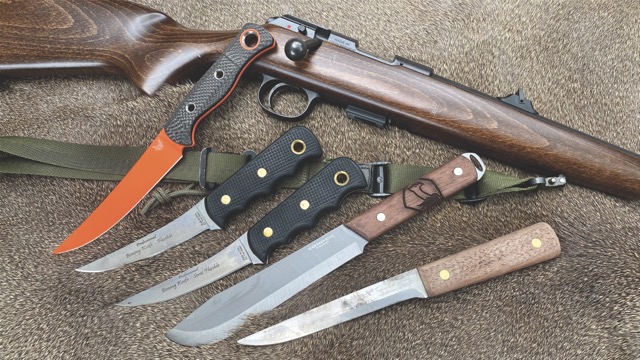
Editor’s note: The author (Josh Wayner) spent the better part of five years working in a high-end specialty butcher shop in coastal west Michigan. That shop is no longer in business, though what he learned there has stayed with him and, as he noted, is very dear to his heart. We thought him to be the ideal writer to do a story on five of today’s factory boning knives. We think you will agree.
A former butcher’s mate gives boning knives the full test treatment to find the best boning knife.
I hunt deer and other large game regularly and own all my own professional processing equipment. Among these items is the most basic and essential tool: the boning knife. As a butcher’s mate and now as a full-time outdoor writer, I have some opinions on these blades and how to best use them.
A boning knife is a rather specialized tool, and getting the right shape for removing meat from bone is the name of the game. In my span hunting I’ve either shot or helped process hundreds of deer. I hunt the most game-rich areas in Michigan, and it’s common for my party to land a dozen deer in a night. The best knife for working on a deer is a 5-to-7-inch saber-ground blade of a steel about 3/16 inch thick that features an ample, comfortable handle.
The knife you absolutely do not want is a boning knife for this type of work. In my experience, a boning knife is for kitchen work, though I favor it as a primary knife for game under 50 pounds live weight.
The reason I offer here is that I’ve never seen an injury with a proper large-format field knife. Where I have seen horrible injuries is with thin-bladed knives like those in this article. They have the sickening tendency to snap off when going through sternums and joints; the flexibility has a limit and I’ve personally witnessed a dozen snapped blades, with half of the snaps resulting in a serious hand injury. Extreme care must be taken with ultra-thin, razor-sharp blades. In the process of creating this article, my friend who helped me process the deer meat in the photos was cut to the bone himself with an errant flick of the blade.
KITCHEN FUNCTIONAL: The Ontario 72-6

Boning knives are a relatively distinctive category in that they span the range from essentially disposable to extremely high end, yet are intended for the same purpose. Looking at the four in this article, the least expensive is the Ontario 72-6, which is available in bulk quantities and can be had for as little as $8. It is a good cutter, and excellent for breaking down large sections of meat. The straight edge is less ideal for getting into ridges in the shoulder bone, but it is serviceable. In the case of this knife, the steel is very prone to corrosion and the handle is likewise unsealed or treated. To fight the corrosion, wash and dry the knife thoroughly after each use. Apply a light coat of oil on the blade on occasion as well.
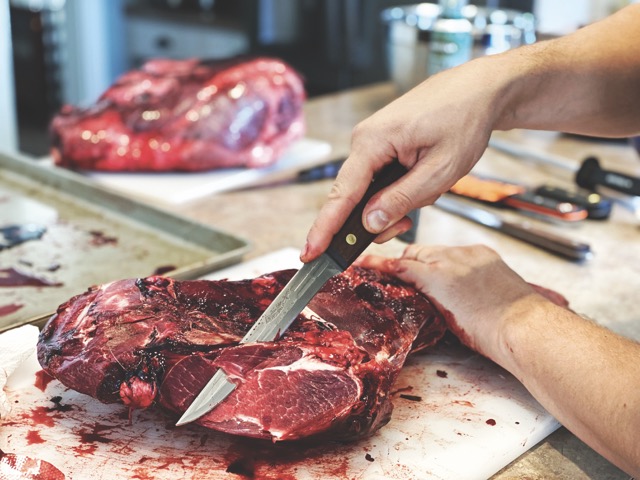
The ‘Old Hickory’ lettering on the handle came off after I washed the knife, and the steel began to spot immediately. This knife has a somewhat textured blade and is not smooth and even. Fat and blood can easily build up on the blade flats. That said, the edge out of the package was sharp, if not a little obtuse in terms of geometry. Despite my best efforts to dull it in use, it stayed sharp and functional. It has no guard or projection and is similar to a puukko in terms of the care that must be taken to not allow the hand to slip up and onto the blade. My impression of this blade is that it is a functional but essentially disposable kitchen tool.
ONTARIO OLD HICKORY 72-6 BONING KNIFE
BLADE LENGTH: 6.25″
BLADE MATERIAL: 1095 spring
HANDLE MATERIAL: Hardwood
SPECIAL FEATURES: Inexpensive
and available in bulk quantities for
rants and kitchens
WEIGHT: 4.8 0zs.
OVERALL LENGTH: 10.75″
COUNTRY OF ORIGIN: USA
MSRP: $14.99
GENERAL USE KNIFE : The Condor Tool & Knife Butcher Knife

The Condor Tool & Knife Butcher Knife has a similar handle to the 72-6, but the blade is longer and wider. The edge out of the box was sharp and held up. An immediate point of concern for sanitary purposes is the deeply cut logo in the grip. The logo is somewhat uneven and large and is a collection point for fat and blood. It also digs into the fingers a bit when cutting, something that is not a major comfort issue, just a moderate annoyance.
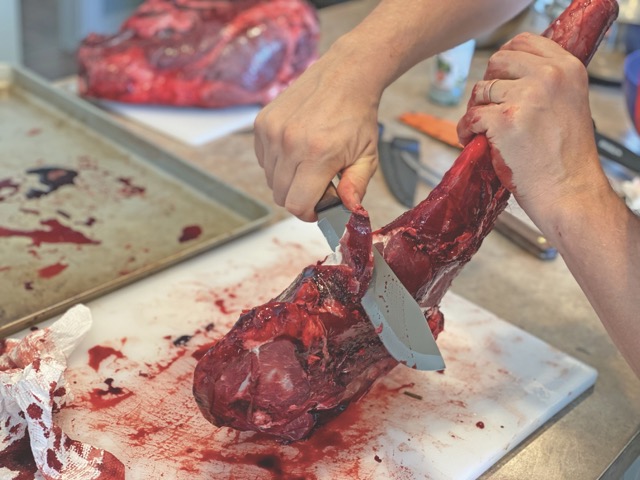
The blade is oddly shaped for use as a boning tool. The bowie-style point is hard to use in tight spaces and doesn’t allow for the “scoop motion” when getting meat out of valleys in the bones. Where it does well is in breaking down large sections of meat on the table. The blade shape puts virtually all the pressure on the belly near the tip; the rear edge nearest the handle is seldom used due to the blade’s inability to get close to the cutting board for slicing strips. Once the belly of the blade gets dulled, its ability to cut and slice dramatically decreases and it needs to be sharpened. I’d rate this as a functional general use knife for the kitchen, but its utility as a bon- ing knife is questionable.
CONDOR TOOL G KNIFE BUTCHER KNIFE
BLADE LENGTH:7″
BLADEMATERIAL: 1075 carbon
steel
HANDLE MATERIAL: Walnut
SPECIAL FEATURES: Thin, light
and practical for kitchen tasks
WEIGHT: 5.3 0zs.
OVERALL LENGTH: 12″
COUNTRY OF ORIGIN: El Salvador
MSRP: $37.78
SCALPEL SHARP : The Benchmade Meatcrafter
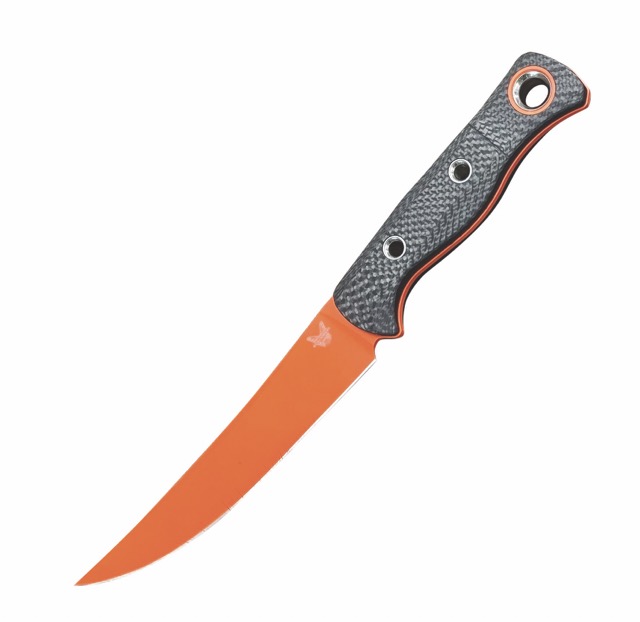
The Benchmade Meatcrafter* in this story is the first production version of this particular model from the company, literally the first of its kind off the line. It is a high-end knife eight times the price of each of the Knives of Alaska models tested. Benchmade’s quality is evident and this status symbol is not a “safe queen.” It is one of the sharpest—if not the sharpest—knives I have ever seen from the factory. I was actually taken aback when it went through a huge deer ham with no effort. It is scalpel sharp and held that level of sharpness the entire test. I for one was not used to a knife this sharp. I had to retrain my hand to use less force in cuts because it was risky.
This is a knife I would proudly use and display, but even with its orange blade (for higher visibility). I would be very cautious in its use for fear of breaking it. This is one that I know I’d fear losing at the cost alone. Things happen in the field, and I’ve lost a lot of gear. The reality is I’d rather break or lose a $50 knife than something like this.
BENCHMADE MEATCRAFTER
BLADE LENGTH: 6.08″
STEEL: CPM S45VN stainless
FINISH: Cerakote™ coating
HANDLE MATERIAL: Carbon fiber
SPECIAL FEATURES: Ergonomic and
extremely sharp
WEIGHT: 4.52 0zs.
OVERALL LENGTH: 11.06″
SHEATH: Black and orange polymer
COUNTRY OF ORIGIN: USA
MSRP: $400
BONING DEDICATED: The Knives of Alaska (KoA) Professional Boning Knives
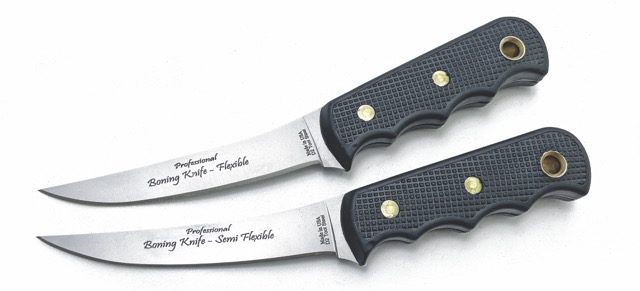
The Knives of Alaska (KoA) Professional Boning Knives—I tested both flexibility models—are exactly as their name implies. They are a bit more of an investment at about $50 each. They are however, inexpensive enough that they can be easily replaced if broken or lost in the field. These are truer dedicated boning knives and display a curved, upward-swept profile that forces the whole edge into use. The handle angle promotes a full grip while working on both meat on the bone and on a flat prep surface such as a cutting board.
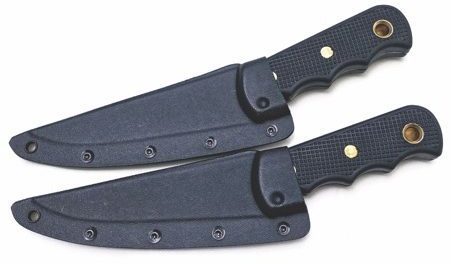
These knives are superior to the first two reviewed in this story. They have an extremely fine point that gets into the bone and allows you to clean off nearly every meat bit. For the price, they are eminently functional and require minimal maintenance. They are my choice out of the bunch. They are an exact fit for their role, while not pretending to be something else. I like that the KoAs felt the closest to what I had in the butcher shop all those years ago.
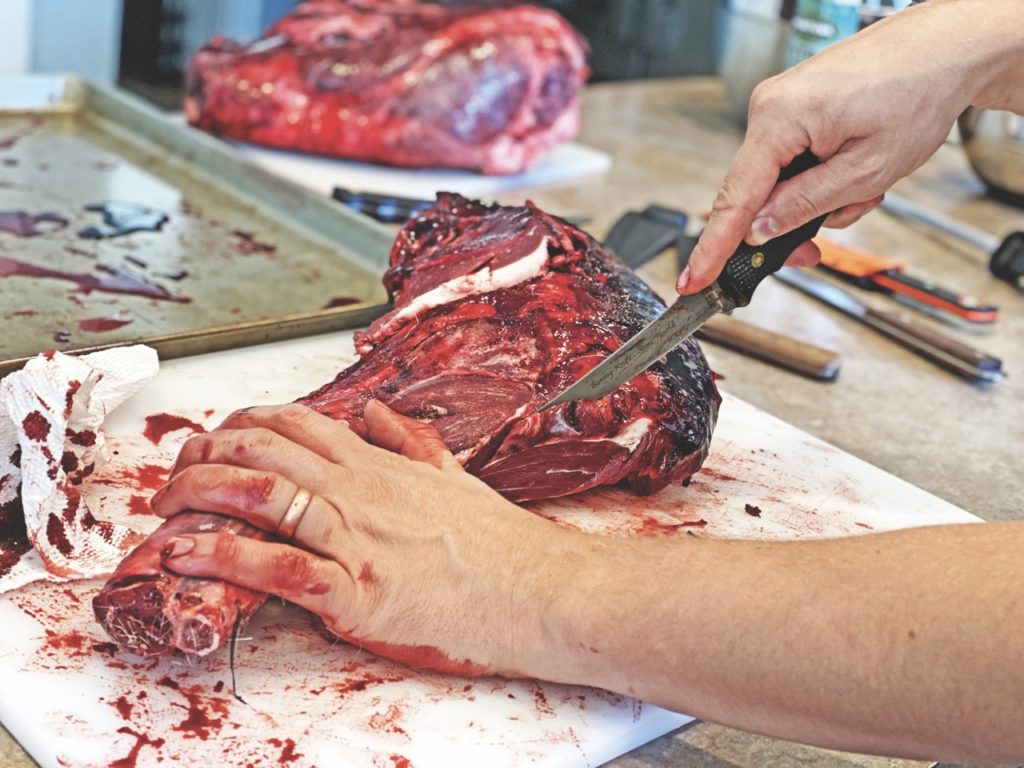
KNIVES OF ALASKA PROFESSIONAL BONING KNIFE
BLADE LENGTH: 5″
BLADE MATERIAL: D2 tool steel
HANDLE MATERIAL: Hard rubber
SPECIAL FEATURES: Available in two different flexes: flexible and semi-flexible
WEIGHT: 4.2 0zs.
OVERALL LENGTH: 9.625
SHEATH: Black Kydex
COUNTRY OF ORIGIN: USA
MSRP: $49.99
Read More On Game And Butcher Knives:
- Unzip ‘Em: Best Gut Hook Hunting Knives
- Brisket Knife: These Carving Blades Are Bad To The Bone
- Best Hunting Knife: Four Fab Factory Fixed Blades/li>
- Best Ulu Knife: Background And Buyer’s Guide
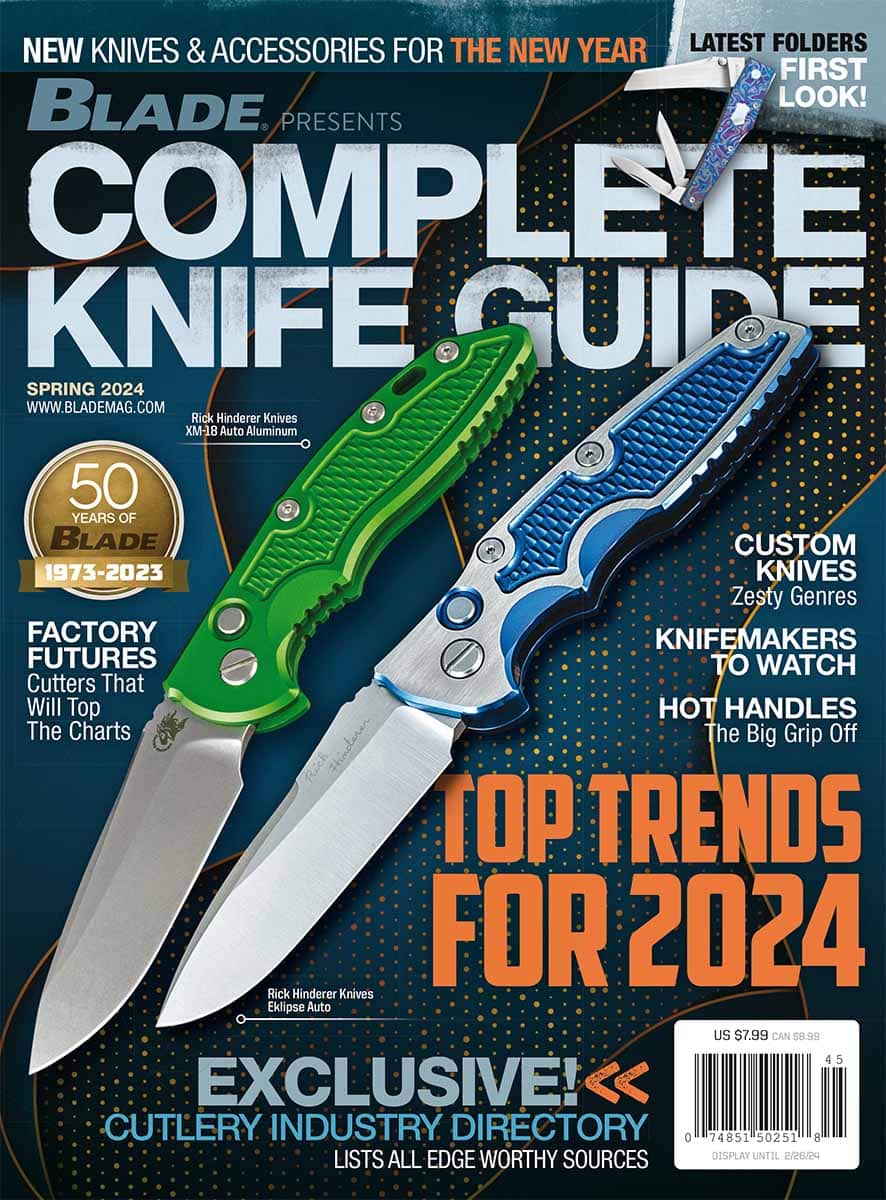 NEXT STEP: Download Your Free KNIFE GUIDE Issue of BLADE Magazine
NEXT STEP: Download Your Free KNIFE GUIDE Issue of BLADE Magazine
BLADE’s annual Knife Guide Issue features the newest knives and sharpeners, plus knife and axe reviews, knife sheaths, kit knives and a Knife Industry Directory.Get your FREE digital PDF instant download of the annual Knife Guide. No, really! We will email it to you right now when you subscribe to the BLADE email newsletter.


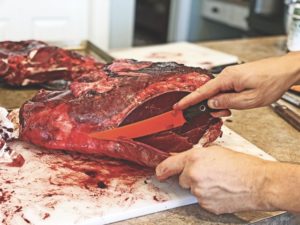
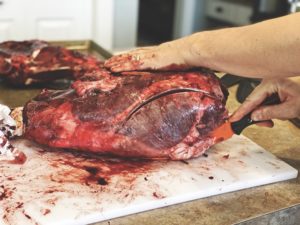
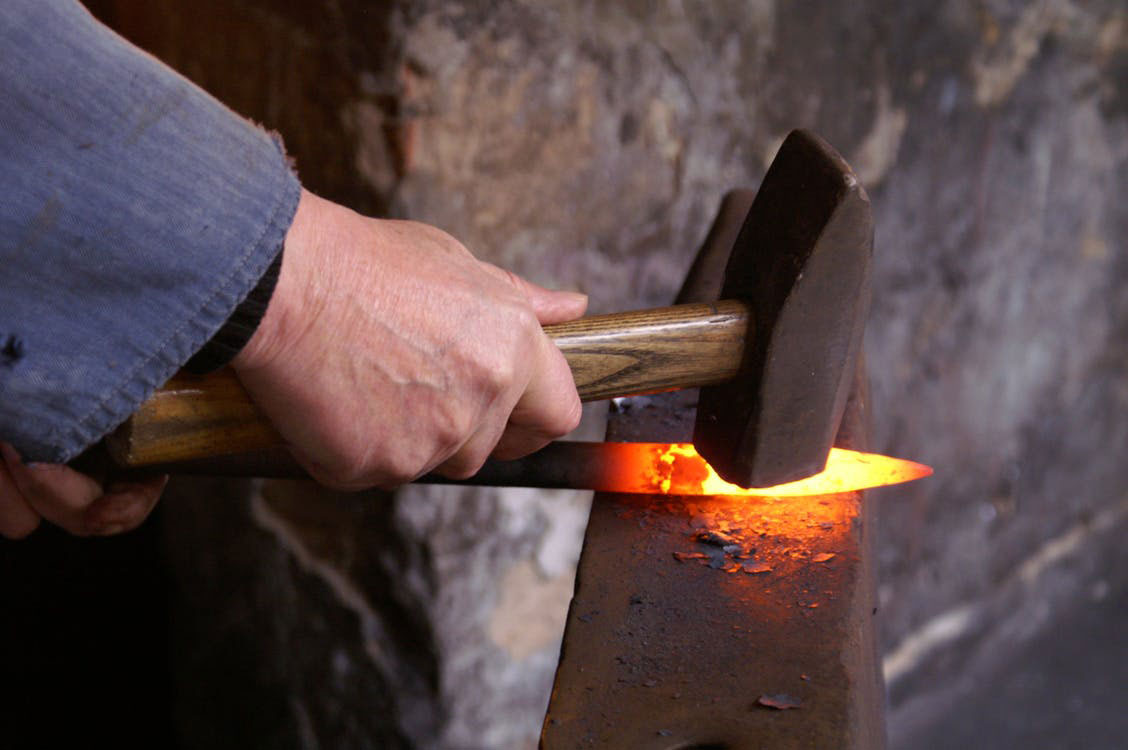
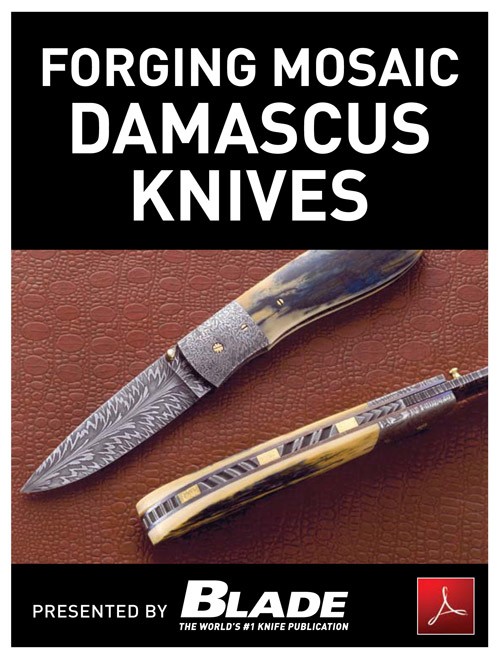
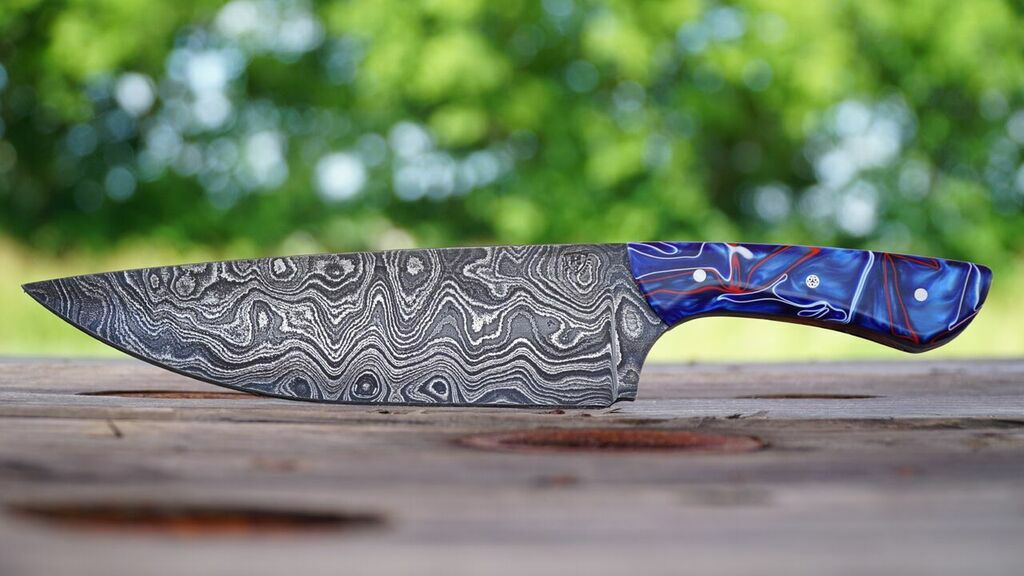


Nicely written, interesting article. My choice but not really would have been the condor knife without the tip up knife blade design. Having said that i would never chose a butcher knife with wooden handle especially not un-stabialized wood This for sanitary reasons. I also wish you would consider butchering for your friends using gloves as not to contaminate there meet product. Love the sharpness out of the box on the meatcrafter Benchmade and tried it butchering moose last year the steel choose from Benchmade not my favorite and it rusted very quickly new caracoled one I believe is far better steel s30 or s45 but price almost 4 times as much.
I also like knife sheaths that can come a part easily for cleaning something rarely seen from anyone
Please look at EKA butchering set great knifes and skinning tools and handles that wont let blood in between handle and knife tang first hard plastic and then outside the handle some sort of softer special plastic that wont absorb anything at all.